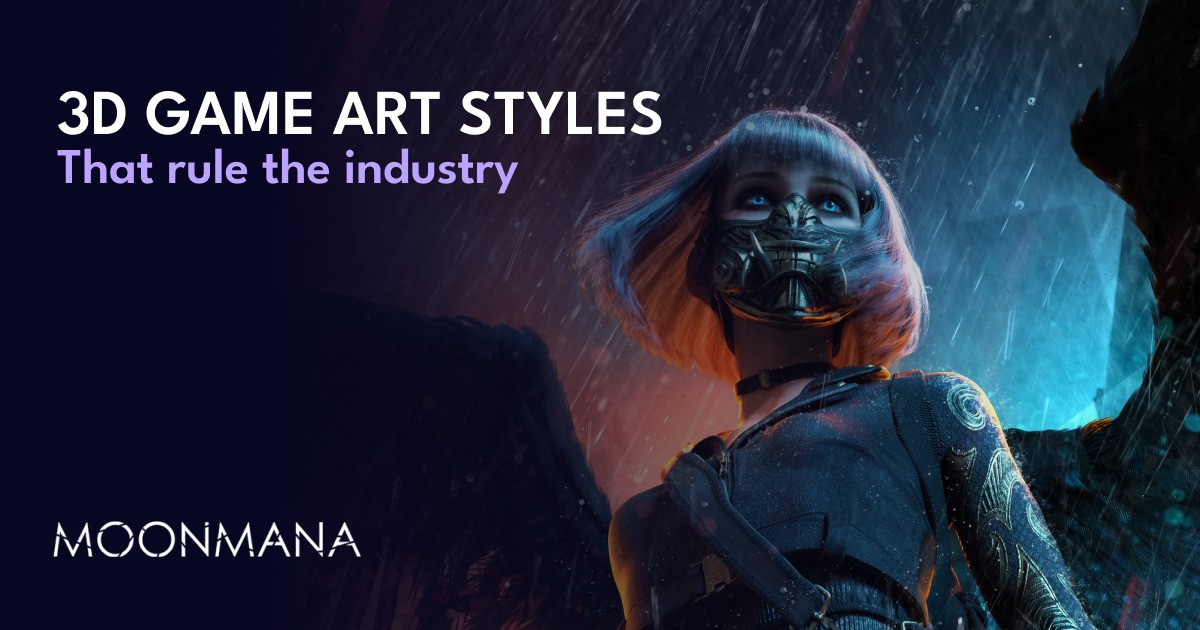
3D Art Styles For Games
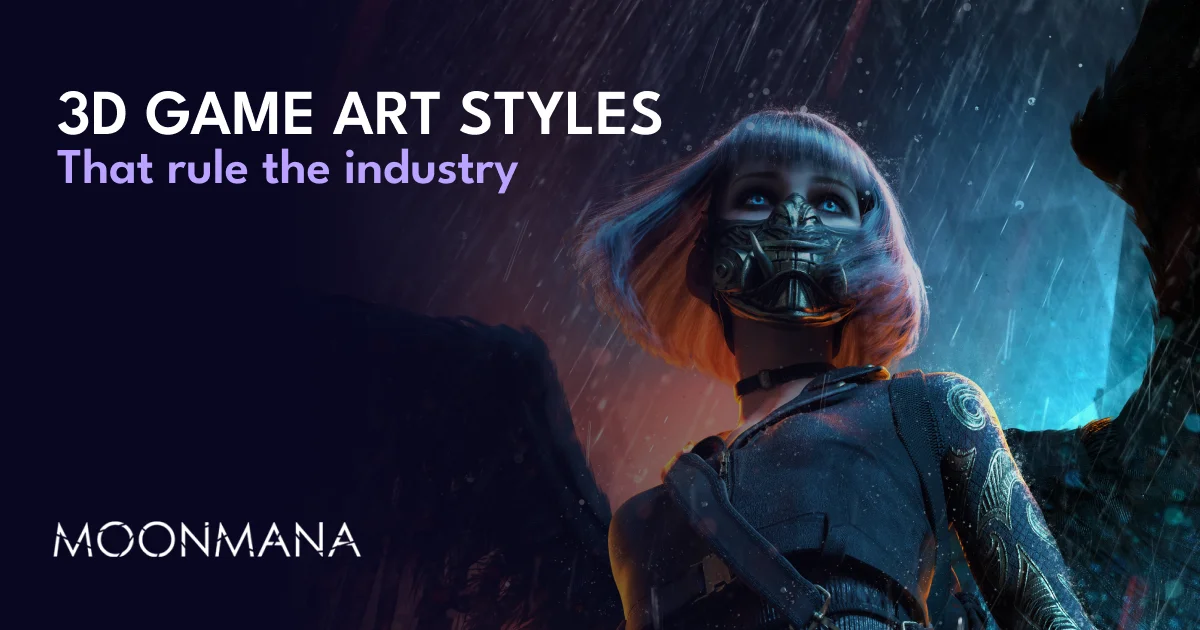
When it comes to game development, visuals do matter. Developing high-quality and impressive graphics is an essential step that requires a great deal of time, effort, and skill. However, when choosing a method for the game’s visual presentation, many people reach a dead end, and numerous questions arise. You may wonder what kind of game art will suit your project, highlight its essence, and meet the purpose.
3D art styles have always been extremely popular among game artists and players. 3D game art provides highly realistic and stunning visual representation. Mainstream 3D titles like Subway Surfers make up a considerable portion of top game downloads.
The development of 3D art games is a multi-stage process. 3D artists are supposed to have strong skills, relevant experience, and rich imagination to create high-quality designs, complex graphics, and exceptional art. With such a competitive market, simple and trivial solutions just cannot work out.
What Is 3D Art?
The definition comes from the name. 3D art is a three-dimensional depiction of natural objects, environments, and characters. 3D models have measurements of height, width, and depth, and therefore, they look realistic. 3D game artists utilize special software to create fantastic creatures and incredible locations going far beyond real world limits.
3D Art Styles Field Of Use
It’s fair to say that 3D game art styles are used everywhere – in film and cartoon production, animation, interior design, and architecture fields, and especially in game development. Lots of 3D games appeal to a broad audience, reach top rankings, and achieve huge numbers of downloads. The most common use cases of 3D art styles in game development are:
- Bringing life to games by creating movable objects and extra realistic landscapes.
- Discovering in-game environments and examining objects from different perspectives and angles.
- Creating immersive worlds and thrilling visuals to scale up the gamers’ engagement.
3D game art means more complexity yet bigger value. It provides an exciting visual representation that has the “wow factor.”
Leading 3D Game Art Styles
So what are the most significant 3D game art styles? They all vary to a certain extent, and each style has its peculiarities and benefits, so the choice depends directly on a project’s requirements and limitations. We’ve compiled a list of the leading 3d game art styles. Now take a closer look at them!
Realism
Realism basically aims to transfer the real world to a digital platform. This 3D art style means bringing characters, objects, and environments as close as possible to their real-world look. The main objective of 3D realism lies in the creation of immersive experiences and in making players believe they are a part of the game’s world. A vast majority of all triple-A projects – simulators, shooters, strategy games, and others – are developed in this style.
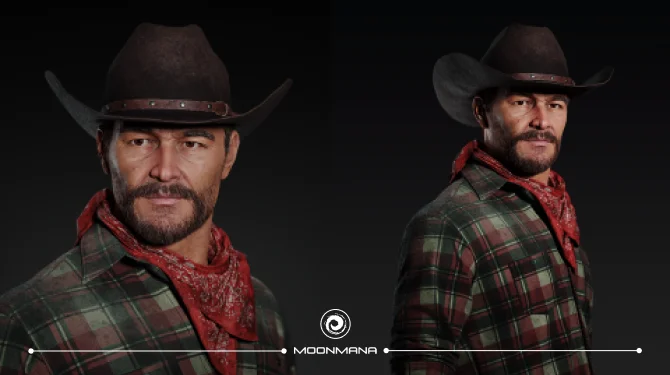
Low Poly
The trend of using this art style is relatively new yet viral. In low poly style, everything in a game is made of geometrical shapes – polygons. This style requires high labor intensity as each character or object is unique and created individually. Low poly art has no textures but poses a strong focus on shapes, materials, and lighting.
Low poly is quite an effort- and time-consuming art style. In many titles, the number of polygons exceeds a million! That is why the production of this art is not cheap. By the way, artists sometimes offer interesting and unusual solutions by mixing low poly with other styles to create amazing in-game experiences. This style can be a nice option for adventure, mystery, and puzzle games.

Fantasy Realism
Fantasy realism is used for games full of movement, action, and drive. Games developed with the fantasy realism art style often involve aliens, races, and creatures that aren’t “real” yet are depicted realistically within the game world. Artists produce environments that don’t exist on our planet but fundamentally correspond to our perceptions of structure, physics, and coloring. Fantasy realism is most commonly applied to consoles, PC, or VR/AR/MR games.
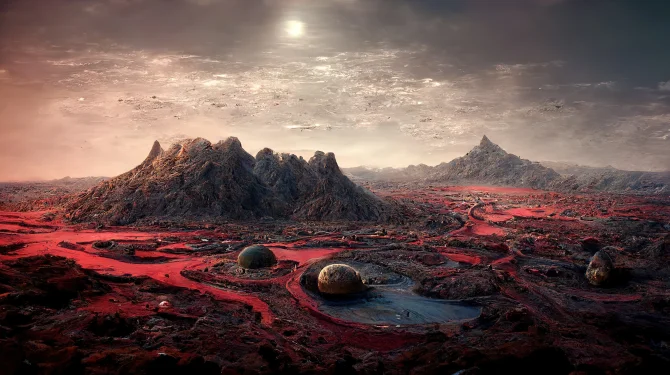
Cartoony
This art style is one of the most popular and commonly used 3D art forms. The cartoony art style is applied in the development of puzzles, educational, adventure, and hyper-casual online games. The best thing about this style is that it provides developers with a lot of possibilities to craft a unique atmosphere and environment.
It’s hard to clearly outline the key characteristic features of the cartoony 3D art style. However, we can point out colorfulness, relative simplicity, exaggeration of accents, and non-standard proportions. The cartoony style gives gamers a friendly and playful feeling.
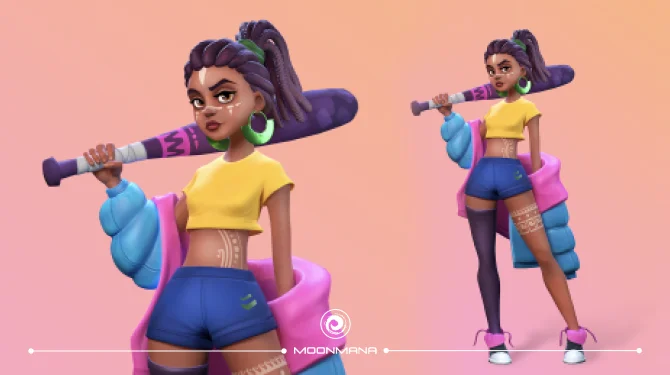
Collage
Collage 3D art style means a combination of different art approaches and techniques. Collages use different art mediums like ink, felt, paper, and more in conjunction to produce works of art that are crafty and evocative. An interesting fact: such visuals can still seem more realistic than forms of digitalization that cast everything in the same chromatic and textural scheme.
The collage art style is a perfect solution for side-scrollers, indie, and puzzle-based games. Collages also provide a perfect backdrop for engaging users in educational games and animations.
3D Art Forms Software And Technologies
Once you’ve decided to develop a game with 3D graphics, you have to know that the process of art production is complex, as well as labor-intensive, and time-consuming. To produce thrilling 3D objects, assets, characters, and surroundings, artists utilize top-notch software and technologies.
Among the solutions a 3D artist requires, the most popular are Adobe Photoshop, V-Ray, Marmoset Toolbag, Substance Designer, 3Ds Max, Maya, and Blender, which allow for performing most of the required tasks to produce 3D graphics.
Talking about digital sculpting software, ZBrush is the leader. The software helps to model high-poly detailed solid objects and characters, animals, and other organics.
The most popular tool for texturing and creating materials is Photoshop.
Unreal Engine and Unity are also useful when it comes to 3D art games art development.
The pool of technologies and software – either simple or advanced – is extensive indeed nowadays. The tech stack is usually selected at the very beginning of the game development process. The choice depends on the particular project’s requirements, objectives, and limitations.
Conclusion
Producing various types of 3d art is a tedious and demanding process that brings rewarding results in the end. To develop high-rated games that appeal to the broadest audience possible and reach millions of downloads, you should keep up with the latest industry insights and adhere to the freshest trends and requirements.
The development of different types of 3D games requires not only top artistic skills but also sufficient expertise in 3D art forms, their combinations, and the appropriateness of their application in a particular project. This is what Moonmana offers – you can check out some of our projects at Artstation.
Our company has been developing compelling and lucrative games since 2008. Over the years, we’ve been growing our experience and gaining skills in 3D game art creation. We provide full-cycle as well as outsourcing game development services. Our artists are ready to bring your idea to life by developing incredible 3D models and art concepts. Reach us now, and let’s create a stunning 3D game experience together!
